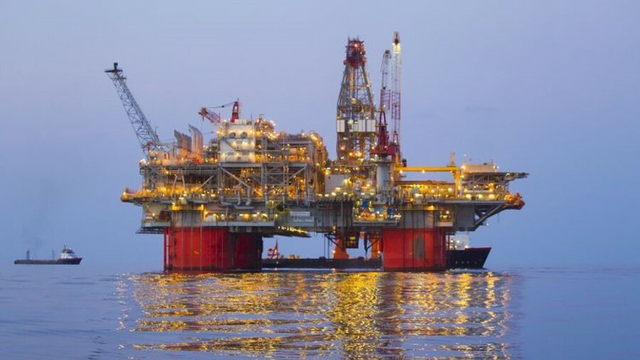Paraffin deposition involves thermodynamics, but other operational consequences arise that draw from all physical disciplines (Chin, 2012):
- Electro-kinetic effects may be important with heavy organic constituents. Potential differences along the conduit may develop due to the motion of charged particles; these induce alterations in colloidal particle charges downstream that promote deposition. That is, electrical charges in the crude may encourage migration of separated waxes to the pipe wall.
- In low flow-rate pipelines, certain waxes sink because of gravity and form sludge layers at the low side. Also, density segregation can lead to recirculating flows.
- For lighter waxes, buoyancy can cause precipitated wax to collect at the top of the pipe.
- Deposited wax will increase wall roughness, and therefore increase friction, thus reducing pipeline flow capacity.
- Suspended particulates such as asphaltenes, formation fines, corrosion products, silt, and sand may encourage wax precipitation, acting as nuclei for wax separation and accumulation. Wax particles so separated may not necessarily deposit along walls; they may remain in suspension, altering the rheology of the carrier fluid, affecting its ability to “throw” particles against pipe walls or to remove wax deposits by erosion.
- Although significant deposition is unlikely under isothermal conditions—that is, when pipeline crude and ocean temperatures are in equilibrium—wall deposits may nonetheless form. Pipe roughness, for instance, can initiate stacking, leading to local accumulations that may further grow.
Needless to say, the industry has paid a lot of attention to this intractable problem, but the results have been either insufficiently effective, expensive, risky, or all three. Solutions are either mechanical or chemical, and both have disadvantages. As with all mechanical things, pigs and tubing conveyed tools run the risk of mechanical failure, and in the case of a stuck pig, retrieval from a deepwater pipeline can be extremely difficult. Where coil tubing can be effective, its use can be limited by pipeline length and bends. Coil tubing involves taking an entire coil unit on location, and depending on the length of the pipeline, the crew might have to go in from both sides.
Chemical solutions are often caustic and present an HSE risk. Typical remediation methods like line heating, warm solvent, hot oil treatments, or chemical wax inhibitors are limited in their effectiveness by low temperatures and pipeline length, making them unsuccessful in most cases.
A much simpler, cost-effective, low-risk—and proven—way to solve this problem: Ideal Energy Services, LLC PipeRenew® treatment, a temperature-independent, environmentally responsible chemical solution that easily withstands colder waters—even at temperatures below 34ºF.
Water-soluble PipeRenew® treatment is a proprietary granular material that contains surfactants and encapsulated oxygen. Designed for offshore applications, it can be blended onsite with freshwater, saltwater, or produced water.
Temperature-independent PipeRenew® treatment is effective at removing paraffin, asphaltenes, or mineral scales at the coldest subsea temperatures. It is not limited by the diameter or length of the pipeline, making it suitable for trunk lines, transfer lines, or process lines.





